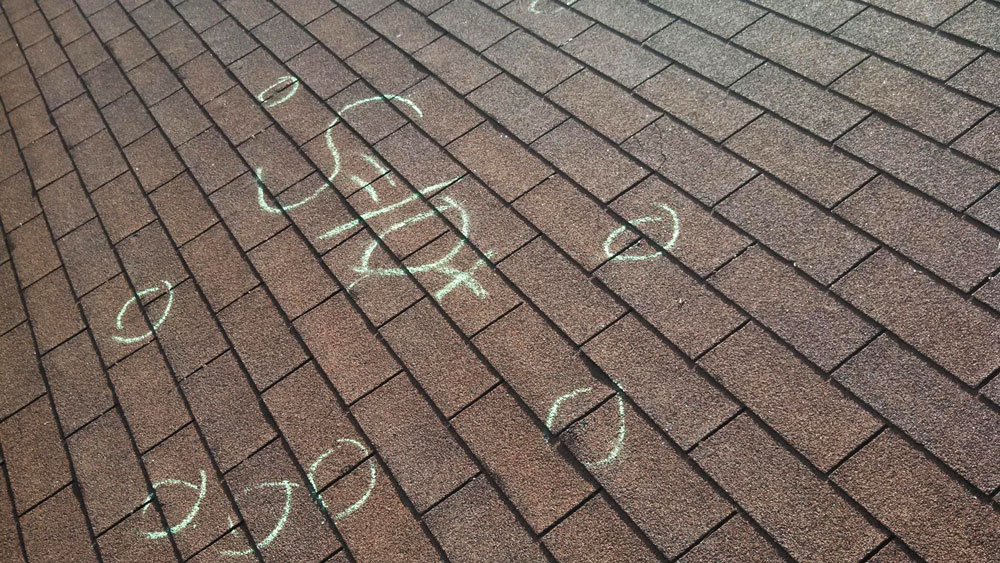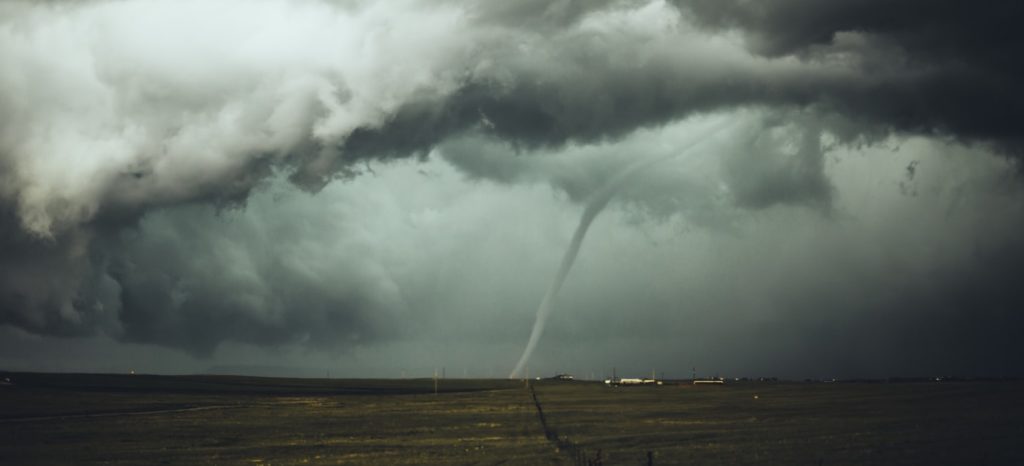From winter temperatures of -30 degrees fahrenheit in winter to over 100 degrees in summer, Minnesota and Wisconsin seem to have it all weather-wise… including the good and bad. Fortunately, the good outweighs the bad, which is why we live here! But this time each year, we start to hear the rumble of thunder. Storm season is here. So we’ve put together a list of your most frequently asked questions about our volatile Midwest weather.
Storm Question #1: How many tornadoes happen in Minnesota and Wisconsin each year?
Minnesota averages 28 tornadoes each year, based on data from the Minnesota DNR ranging from 1950 to 2018.
Wisconsin averages 23 tornadoes each year, according to the National Weather Service using data from 1981 to 2010.
Although 28 and 23 tornadoes is nothing to scoff at, it’s relieving to know that we don’t have to deal with the 155 tornadoes that Texas experiences each year. Fun fact: In 1952, Wisconsin only had 1 tornado! On the opposite end of the spectrum, Wisconsin’s record for most tornadoes in a year is 62, which happened in 2005.
But if you thought 62 tornadoes was a lot, Minnesota experienced 113 tornadoes during the summer of 2010! For this lowly blog writer, 2010 was my first summer in Minnesota, and it seemed like there was a spinning wall cloud in the sky every time I looked up!
But tornadoes aren’t the only cause of storm damage in Minnesota and Wisconsin. Hail and wind damage can happen during any storm if the conditions are right, and it just takes one unattended leak and a little bit of rain to cause major damage to a home.
Storm Damage Question #2: How much does it cost to clean up after a storm?
This is a difficult question to answer because it truly varies by storm and year. For instance, a hail storm that hit Minnesota in June of 2017 is said to cause upwards of $1 billion, with the most damaged home repairs costing an average of $35,000 to homeowners. Thankfully, that’s why we have insurance! However, based on input from 109 contractors nationwide, the average cost of storm damage restoration from wind and hail is $5,757. And again, homeowner’s insurance can help alleviate these out-of-pocket expenses.

The general rule of thumb is to have things repaired sooner than later. Prolonging storm damage repairs can cause additional damage to homes and leads to increased restoration costs.
Storm Preparation Question #3: What can I do to prepare for a storm and the aftermath?
Even though we’re more attached to our phones and technology and have instantaneous access to check forecasts, severe weather still seems to sneak up on us. No one wants to be caught off guard when a severe weather strikes leaving us without power or worse: property damage. Here are some simple, proactive steps you can take to ensure you’re prepared for a storm.
First, you definitely want a first aid kit handy. Keep it nearby, but also make sure that it’s stocked up! And even though our phones have flashlights on them, it’s a good idea to have a flashlight available with some spare batteries. You may need to save your phone’s battery for more important things. Speaking of phones, a portable battery bank for charging your phone can be found online for around $20. Bonus tip: we recommend a battery bank with a capacity of at least 5,000mAh (milliampere hour) or more, especially if you’ll be charging multiple phones.
You’ll also want some drinking water. If the power goes out, you may still have water pressure from the city mains, so take this time to fill up some containers with water. Similarly, those with well water should have enough water pressure from their pump to fill up some water containers as well. If you need to relocate to the basement, be sure to take some non-perishable food items down with you — and maybe even a board game or two.
Finally, if you have a generator, make sure it’s properly maintained and winterized each year, and definitely make sure you’ve got fuel for it!
Take all these things and situate yourself in the safest area of your home, such as a basement room with no windows. Much like a fire or tornado drill at work or school, it’s important to go over a severe storm plan with your family. This list is not comprehensive, but it should serve as a foundation for those who are working on a storm response plan.
NHH Roofing Plus is here for you if you need us
Nobody wants to deal with the aftermath of a storm, but we’re here for you if you find yourself with unexpected storm damage. Since 2001, we’ve helped hundreds of homeowners in Minnesota and Wisconsin restore their homes after storms.
If you find yourself with storm damage to your home or even suspect that you may have damage, give NHH Roofing Plus a call to schedule a no-hassle, 100% free 47-point exterior home inspection. We do a comprehensive check of your home or signs of storm damage, and if any is found, we work directly with your insurance company and adjuster to ensure that you’re treated fairly.
We hope these facts and tips were helpful to you as you are preparing for the 2020 storm season. If you need to reach out to us, feel free to use the form below.

